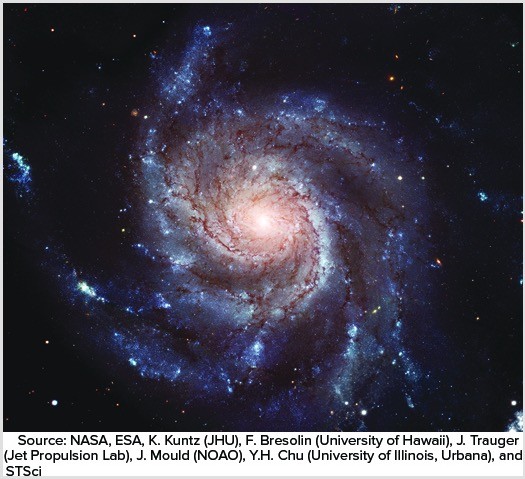Explain the relationship between stream velocity and erosion
What will be an ideal response?
ANSWER: In general, a higher stream velocity indicates the stream is likely to erode, while lower velocity streams are more likely to transport and deposit sediment. Particle size plays a role as well. Higher velocities are required to erode very fine and very coarse particles, while moderate velocities can erode mid-size particles such as sand. A low-velocity stream will transport fine particles such as clay and silt, and deposit large particles such as gravel.?
You might also like to view...
What is a catalyst?
What will be an ideal response?
________ is an increase in the general level of the prices of goods and services
Fill in the blank(s) with correct word
How is ocean acidification possibly linked to increased anthropogenic emissions of carbon dioxide (CO2)?
A) Atmospheric CO2 combines with atmospheric moisture forming a light carbonic acid forms (H2CO3), that is precipitated over the world's oceans. B) Thermohaline circulation exchanges carbon between surface dissolved organic carbon and deep layers of dissolved inorganic carbon. C) Increased warming results in glacial melt and more runoff of surface pollutants that can contribute to ocean acidification. D) Oceans may absorb much of the concentrations of rising CO2. When dissolved CO2 mixes with saltwater, carbonic acid forms (H2CO3). E) Increased photosynthetic activity in phytoplankton resulting from increased atmospheric CO2 concentrations results in acidification due to a complex chemical reaction during plant decay.
Which of the following statements best describes how this object may have formed?
A. Material accumulated into a sphere because of gravity, and it underwent nuclear fusion of hydrogen. B. A supernova exploded, probably from the late-stage evolution of a high-mass star. C. A star ejected its outer envelope of gas and plasma. D. Interstellar gas and dust accumulated due to gravity. Some pockets had enough mass to cause star formation.